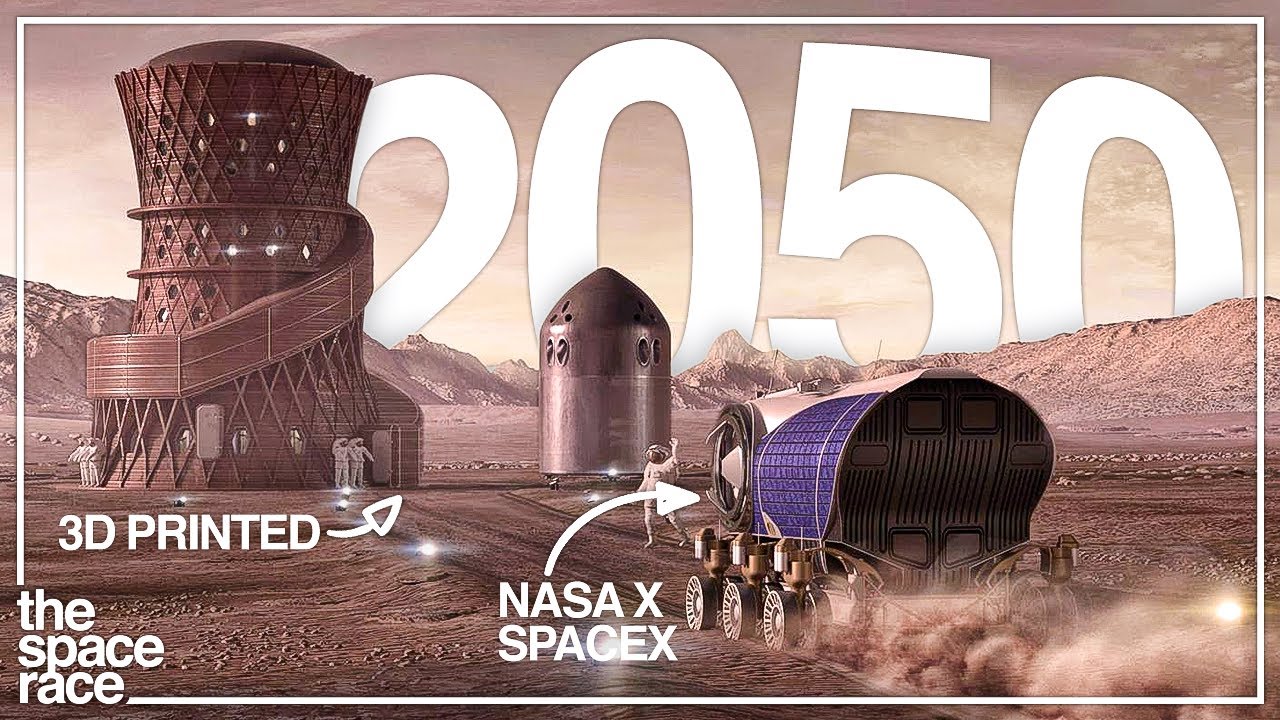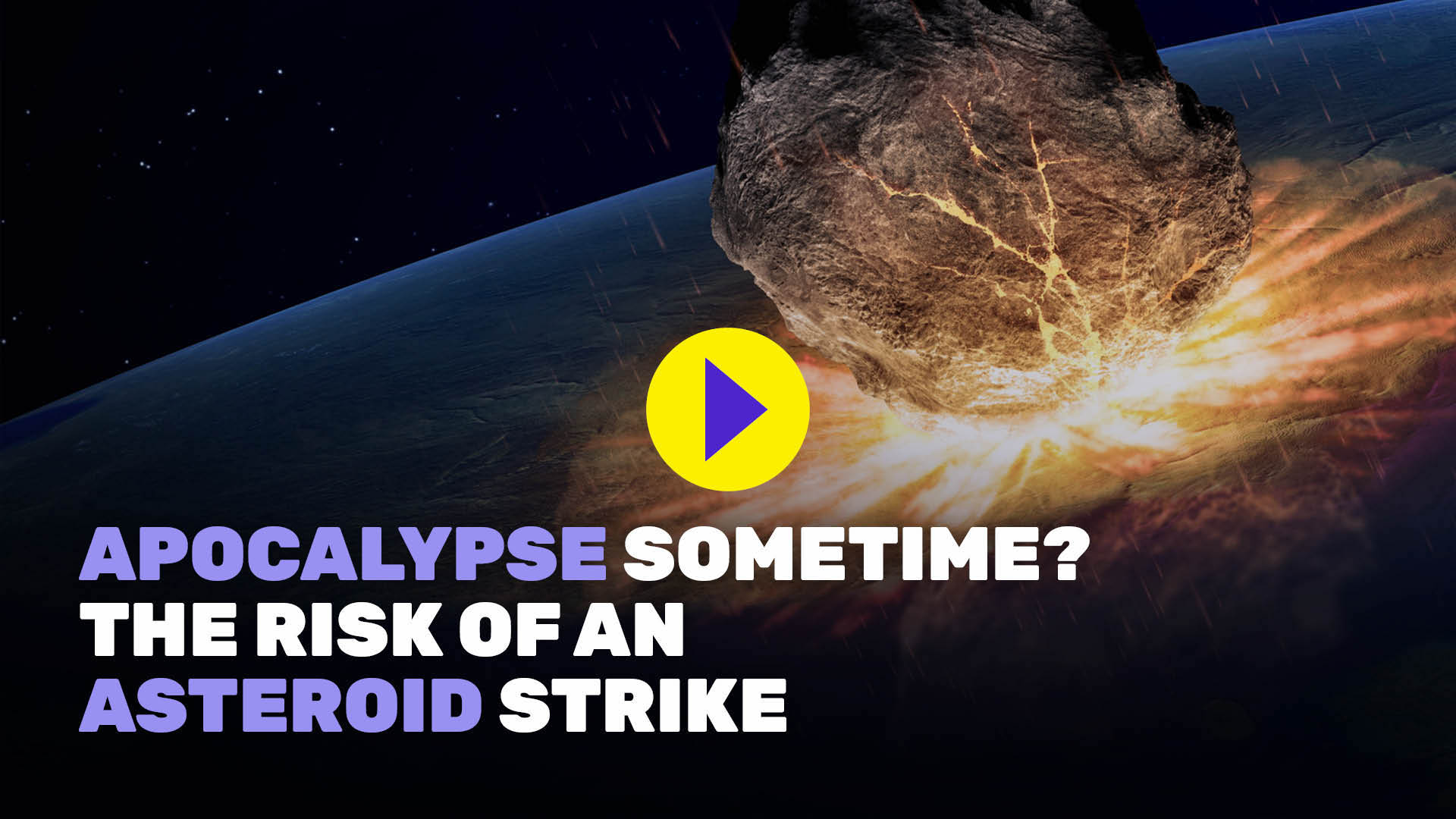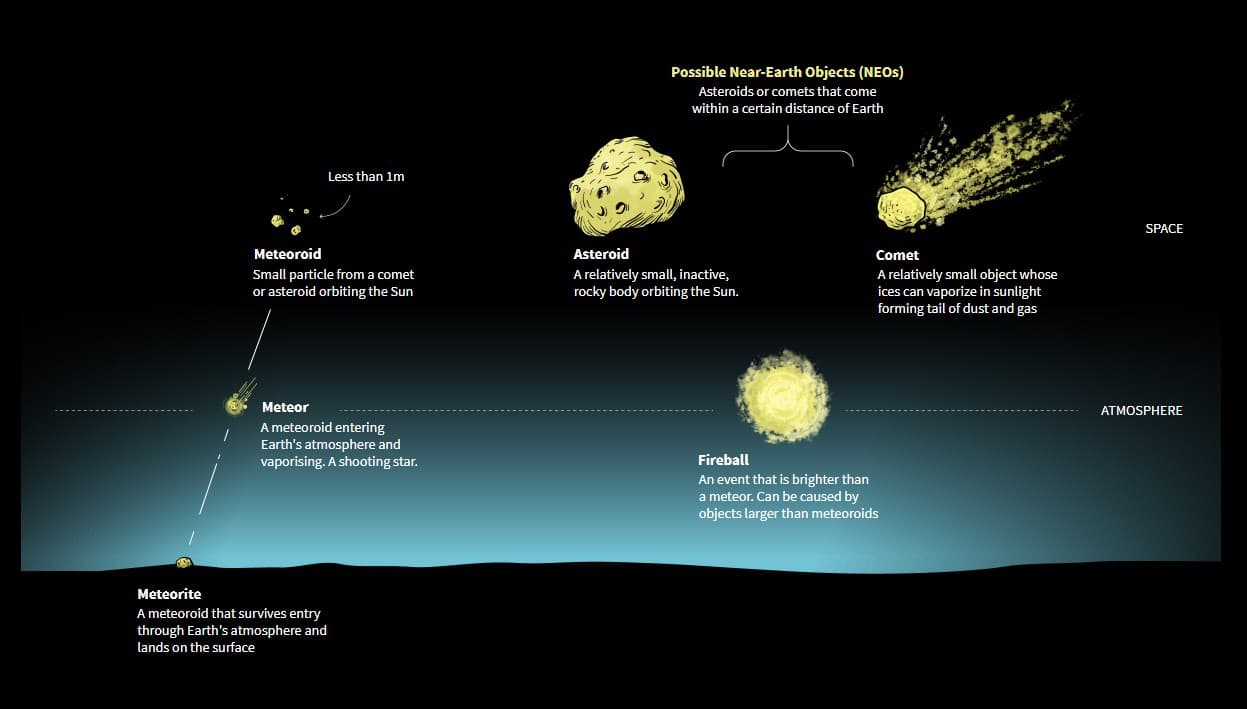Space travel sparked inventions we now use every day
Technologies developed for space exploration produced lasting spinoff innovations—from camera phones to memory foam—displaying how the Space Race reshaped everyday life here on Earth
From roughly 60 miles above the Earth's surface to farther than light has traveled during the entire age of the universe, space has captured human imagination for millennia. Explore the final frontier with the best resources curated from across the internet.
Hours of research by our editors, distilled into minutes of clarity.
Technologies developed for space exploration produced lasting spinoff innovations—from camera phones to memory foam—displaying how the Space Race reshaped everyday life here on Earth
While looking for a planet between Mars and Jupiter to coincide with an apparent mathematical pattern in the distances of known planets from the sun, a group calling themselves the "Celestial Police" discovered multiple objects that fell into a new classification.
Beyond this line, approximately 100 kilometers above Earth's surface, aerodynamic lift is insufficient to keep aircraft aloft without special propulsion systems. The United Nations has historically accepted the line as delineating the boundary of space.

Terraforming the thin atmosphere, toxic dust, extreme cold, and lack of magnetic field is infeasible, given limitations to the size of what can be sent to Mars. NASA and SpaceX are instead exploring creating underground shelters.

The solar system is roughly halfway between the galaxy's outer rim and its center, which is located about 25,000 light years away. The Milky Way is itself one of hundreds of thousands of galaxies in the Virgo Supercluster.
Reproduction is a basic human function, and while we've spent decades in space, no research has been done into the process. With many discussing the possibility of human-occupied bases on the moon, Mars, and more, understanding how sex works outside...
Statistical modeling shows that while we have identified the majority of extinction-level asteroids, smaller asteroids that can cause significant damage remain elusive. Some asteroids, like the one that exploded over Chelyabinsk in 2013, can't be detected ahead of time since they come from the sun's direction.

Even those large enough to cause local or regional damage are too small, dim, and far away to be observed readily from cosmological distances. New tools, like NASA's NEO Surveyor telescope, aim to address gaps in detection systems.

Scientists believe that over hundreds of millions of years, energetic particles from the sun colliding with atmospheric particles, flinging them away from Mars' weak gravitational field like colliding billiard balls. As atmospheric pressure decline, water also evaporated away from the surface.

Nicknamed "Percy" and designed as the successor to the Curiosity rover, the vehicle has covered more than 36 kilometers (22 miles), collected dozens of samples, and taken hundreds of images while searching for signs of ancient microbial life.